Capeweed
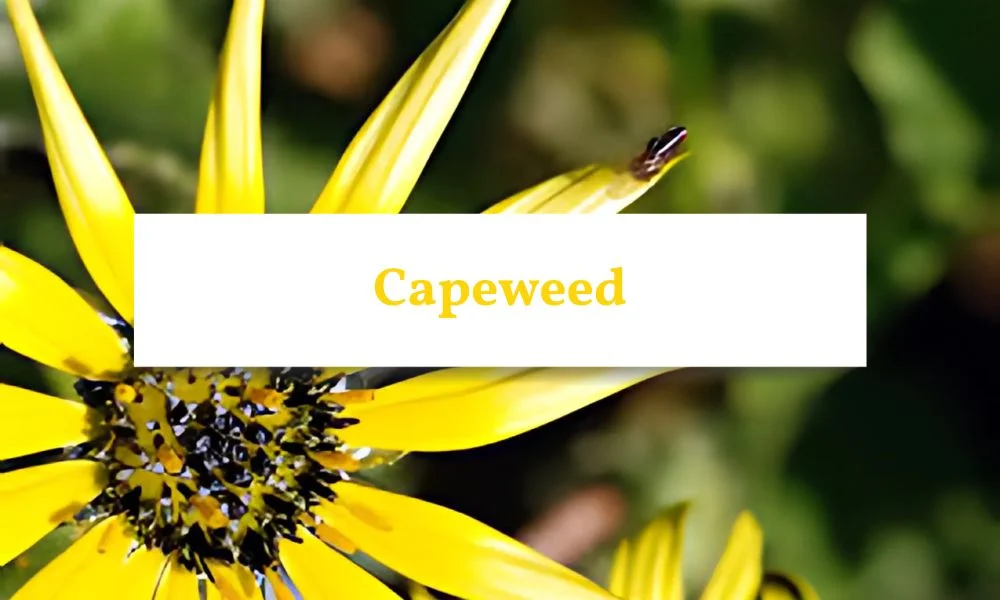
What Is Capeweed?
Capeweed (Arctotheca calendula) is a fast-growing weed that spreads quickly in lawns, gardens, paddocks, and along roadsides. You can spot it by its bright yellow daisy-like flowers with a dark centre and its soft, grey-green leaves that have deep lobes. The leaves feel woolly underneath. Capeweed grows low to the ground and forms thick mats that take over bare or disturbed soil fast.
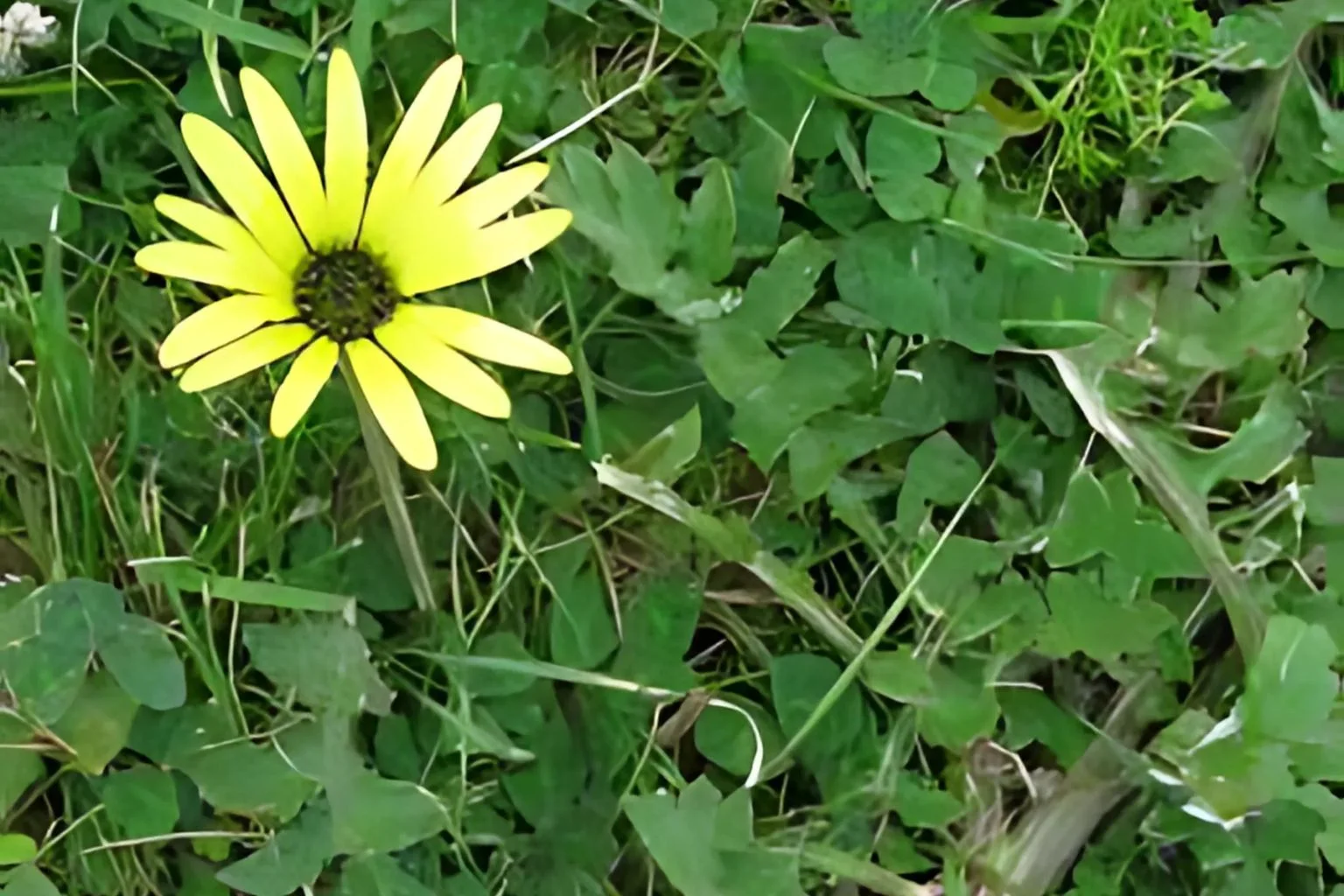
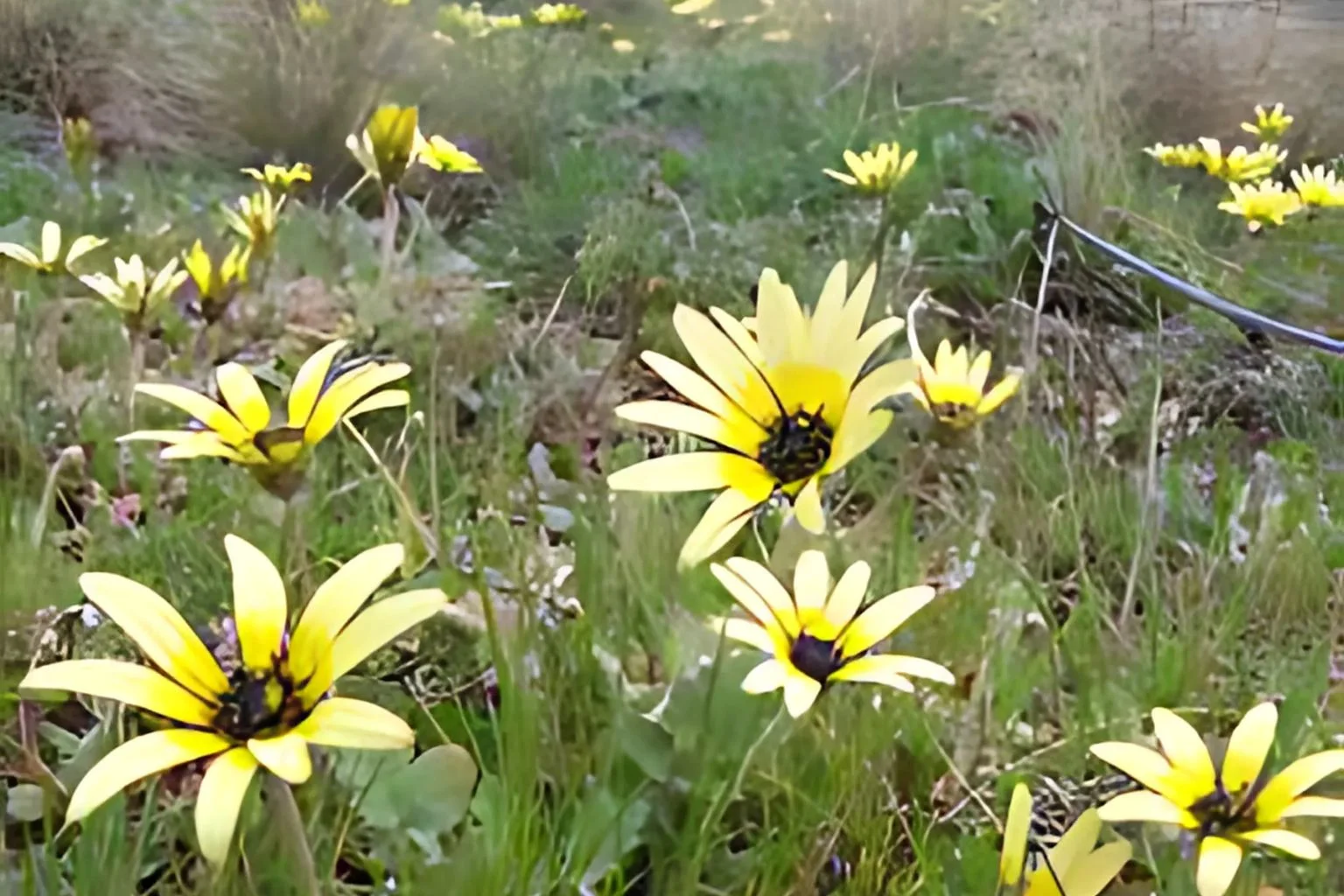
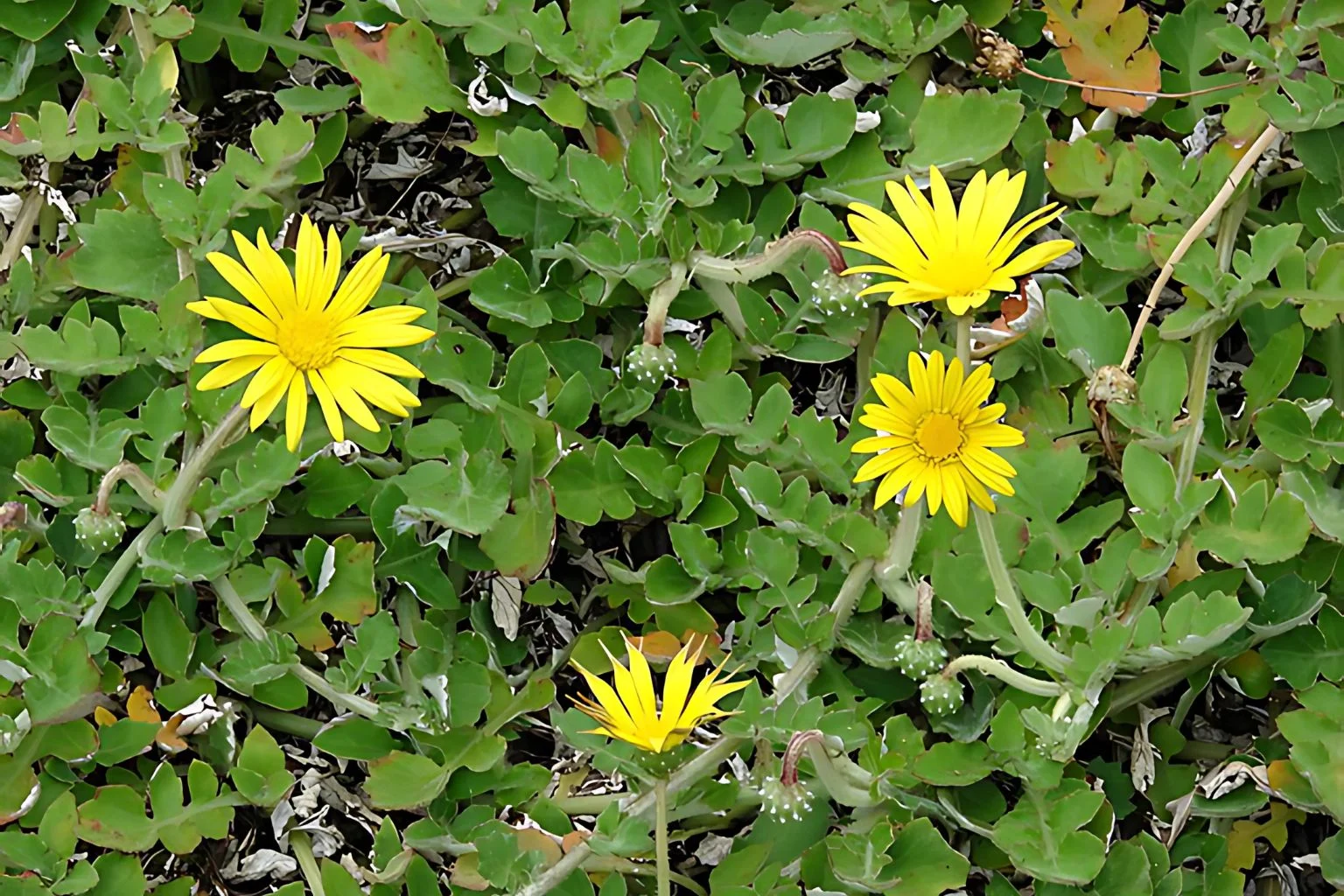
Why Is It A Problem?
Capeweed grows fast and competes with grass, crops, and other plants for water, nutrients, and sunlight. It smothers lawns and pastures, making it hard for other plants to grow. In crops, capeweed can lower yields, especially if it grows before sowing. It also causes problems for livestock, as eating too much can lead to scouring or poisoning.
How to Identify Capeweed
Capeweed might look harmless at first, but it spreads fast and takes over lawns and paddocks if left alone. Here’s how to spot it before it gets out of hand:
Effective Methods
Capeweed can quickly take over lawns, pastures, and gardens if left alone. But with a few simple steps, you can keep it under control and stop it from coming back. Here’s how to manage capeweed using easy and effective methods:
Grow Healthy Lawns and Pastures
To begin, grow thick, healthy grass or plants. Dense lawns and pastures leave little room for capeweed to grow. Also, regular mowing or grazing helps stop capeweed from flowering and making seeds.
Pull Out Capeweed by Hand
When you spot small patches, pull them out by hand. It’s best to get the whole root, especially when the soil is damp. This way, you stop the plants from spreading seeds.
Use Mulch or Cover Crops
In garden beds or bare patches, add mulch or plant cover crops. These help block sunlight and stop capeweed seeds from growing. Plus, mulch keeps the soil moist and supports healthy plants.
Spray Selective Herbicides
For larger areas, use a selective broadleaf herbicide. Look for ones with ingredients like 2,4-D or MCPA. Spray when capeweed is young and actively growing—usually in autumn or early winter. Always read the label and follow the instructions.
Rotate Your Control Methods
Capeweed can build resistance to some herbicides. So, mix up your control methods each season. A mix of hand-pulling, mowing, grazing, and spraying works best over time.




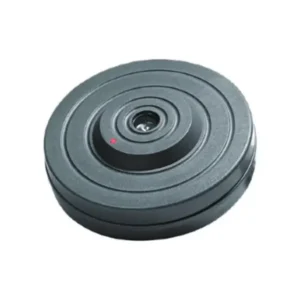
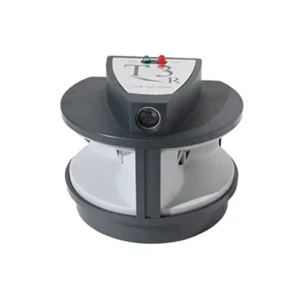

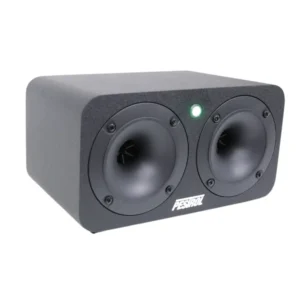
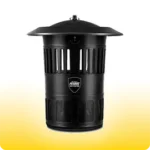 Mosquito Traps
Mosquito Traps